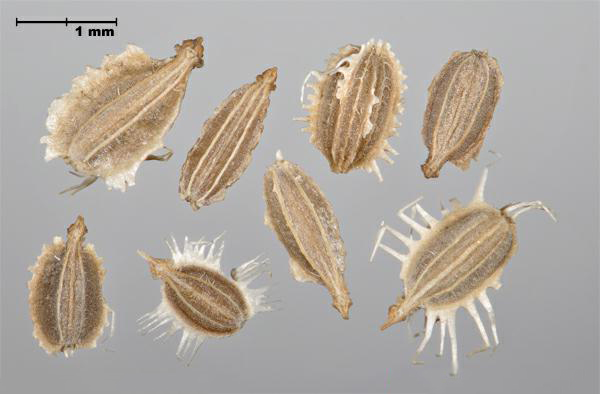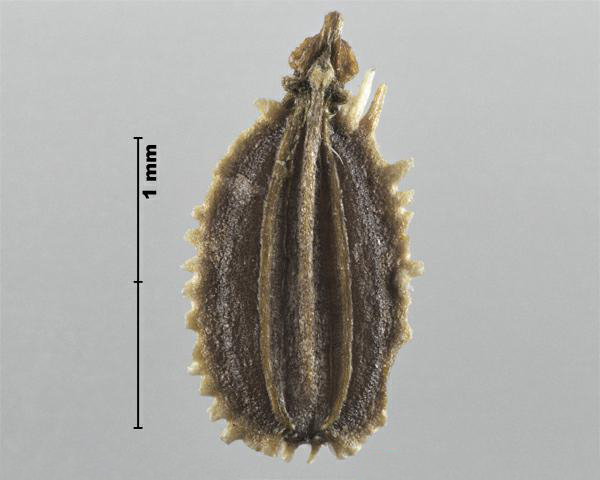Family
Apiaceae
Common Name
Poison hemlock
Regulation
Primary Noxious, Class 2 in the Canadian Weed Seeds Order, 2016 under the Seeds Act.
Distribution
Canadian: Occurs in AB, BC, NB, NS, ON, QC, SK (Brouillet et al. 2016Footnote 1).
Worldwide: Native to northern Africa, Europe and western and central Asia. Introduced to North and South America, southern Africa, Australia, New Zealand and Micronesia (USDA-ARS 2016Footnote 2).
Duration of life cycle
Biennial
Seed or fruit type
Schizocarp, divided into 2 mericarps
Identification features
Size
- Mericarp length: 2.0 - 4.0 mm
- Mericarp width: 1.5 - 2.5 mm
- Mericarp thickness 1.3 - 2.0 mm
Shape
- Oval to teardrop-shaped mericarp, flat on the ventral side
Surface Texture
- Mericarp dull surface, wrinkled between the wavy ribs
Colour
- Mericarp greyish-brown to brown with straw-yellow ribs
Other Features
- Musty smell if mericarp surface is punctured
- Five ribs on the dorsal side; no ribs on the ventral side of the mericarp
Habitat and Crop Association
Cultivated fields, pastures, roads and disturbed areas (Darbyshire 2003Footnote 3, CABI 2016Footnote 4). Invades a variety of crops, including cereal and vegetable crops, as well as orchards, often by encroachment from field edges (CABI 2016Footnote 4).
General Information
Poison hemlock was brought to the United States as a garden plant in the 19th century (DiTomaso and Healy 2007Footnote 5). Seed may have spread by mud, boots and other human clothing, as well as by machinery and transported soil (Ministry of Agriculture, Food, and Fisheries 2002Footnote 6).
Poison hemlock grows in lowlands on dry to moist soils and can tolerate poorly drained soils (Ministry of Agriculture, Food, and Fisheries 2002Footnote 6). It is poisonous to livestock (CABI 2016Footnote 4).
Similar species
Wild carrot (Daucus carota subsp. carota)
- The mericarps of wild carrot and poison hemlock are a similar size, oval - teardrop shape and grey-brown colour.
- Wild carrot mericarps may lack their typical long wings and hairs if processed, immature or damaged.
- Wild carrot mericarps may still retain small hairs on the straight ribs, the surface between the ribs is smooth, and thin ribs are on the ventral side. Poison hemlock does not have hairs, ribs are wavy and the surface is wrinkled. The ventral side of the mericarp does not have ribs.
Photos
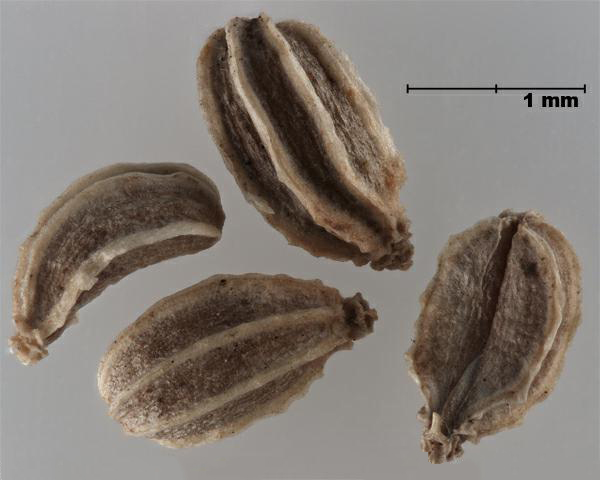
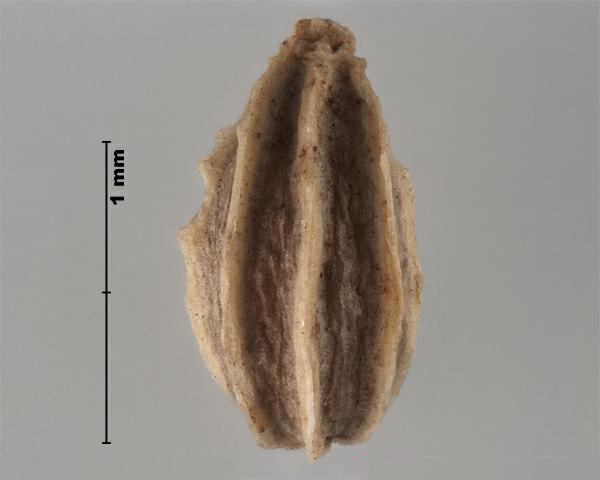
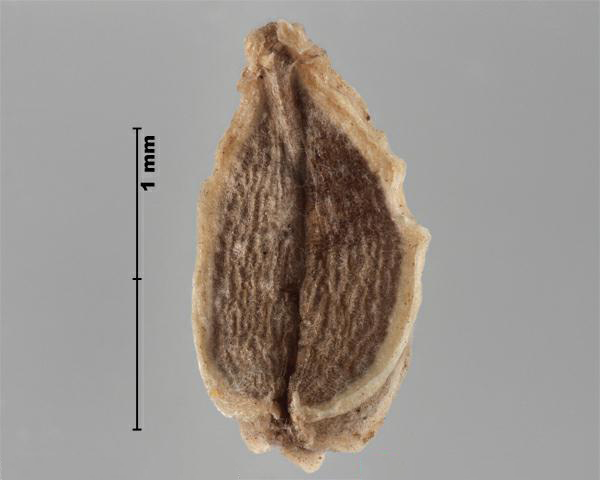
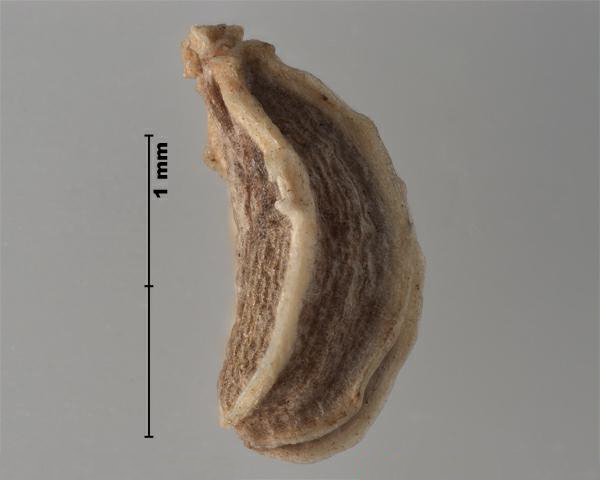
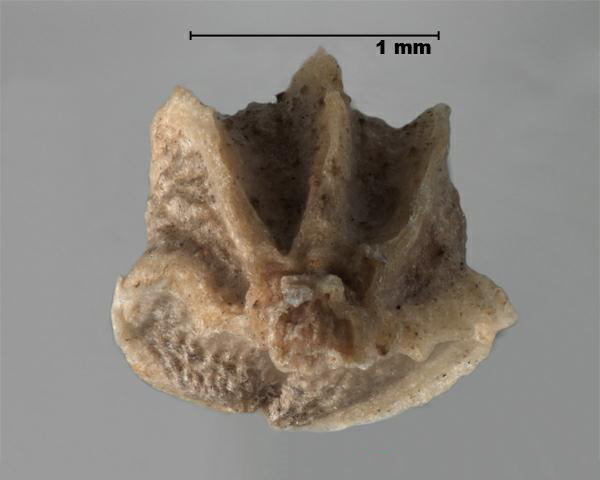
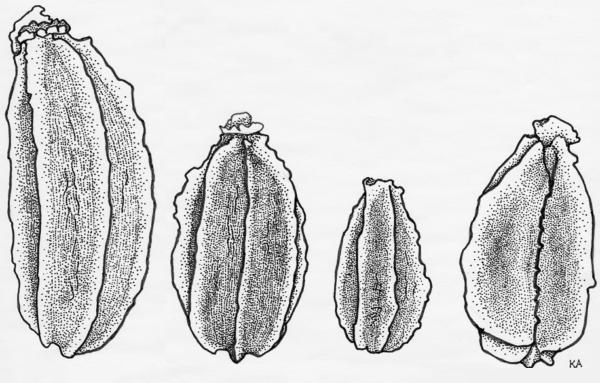
Similar species
